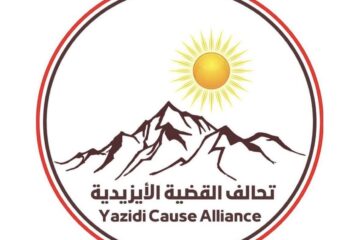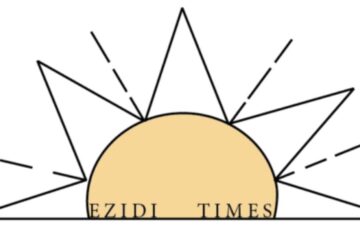Iraq Begins Excavation of Khasfa Mass Grave, One of the Largest Left Behind by ISIS
On the southern edge of Mosul, work has finally begun at Khasfa — a site long known but rarely spoken of, feared for what it holds beneath the earth. For years, this gaping sinkhole was left untouched, carrying the weight of thousands of lives lost during the rule of the so-called Islamic State. Now, more than a decade after ISIS swept across Iraq, authorities have started the painstaking task of uncovering the mass grave.
The excavation began earlier this month with surface-level work to gather visible remains and map the terrain. Experts say this is only a first step. The site is unstable, complicated by sulfur water that has eroded the earth and may have damaged the human remains. This makes the task of DNA identification even harder, but it is the only path toward eventually returning victims to their families.
Khasfa is believed to contain at least 4,000 bodies, with some estimates reaching far higher. Victims include captured soldiers and police officers, Ezidis from Sinjar, Shiite families from Tal Afar, and residents of Mosul. Many were transported to the site in buses, executed, and discarded into the sinkhole. Testimonies from survivors and previous investigations indicate that entire groups were killed in single operations, including one massacre in 2016 where hundreds of interior ministry employees were executed in a single day.
The site itself is immense — about 150 meters deep and more than 100 meters wide. It has been described as one of the largest mass graves in modern Iraqi history, a grim monument to ISIS’s campaign of extermination. It is also one of the most complex, requiring international expertise to fully excavate due to the risk of unexploded ordnance and the fragile condition of the remains.
The excavation is being coordinated by Iraq’s judiciary, the Martyrs’ Foundation, forensic investigators, and the directorate of mass graves. Once surface work is complete, a DNA database will be built to match remains with families of the missing. For many, this offers the first chance of recovering loved ones after more than a decade of waiting.
Khasfa is not unique in Iraq’s landscape of loss. The United Nations has documented more than 200 mass graves across the country, containing an estimated 12,000 bodies from ISIS’s reign of terror. But Khasfa stands out for its scale, depth, and symbolism. It embodies both the cruelty of the crimes committed and the enormity of the task still facing Iraq as it seeks to reckon with the past.
For families searching for answers, the work at Khasfa is a fragile hope. Each bone recovered carries the possibility of restoring dignity to the dead, of allowing the living to grieve properly, and of reminding the world that these lives cannot simply remain buried beneath silence.

